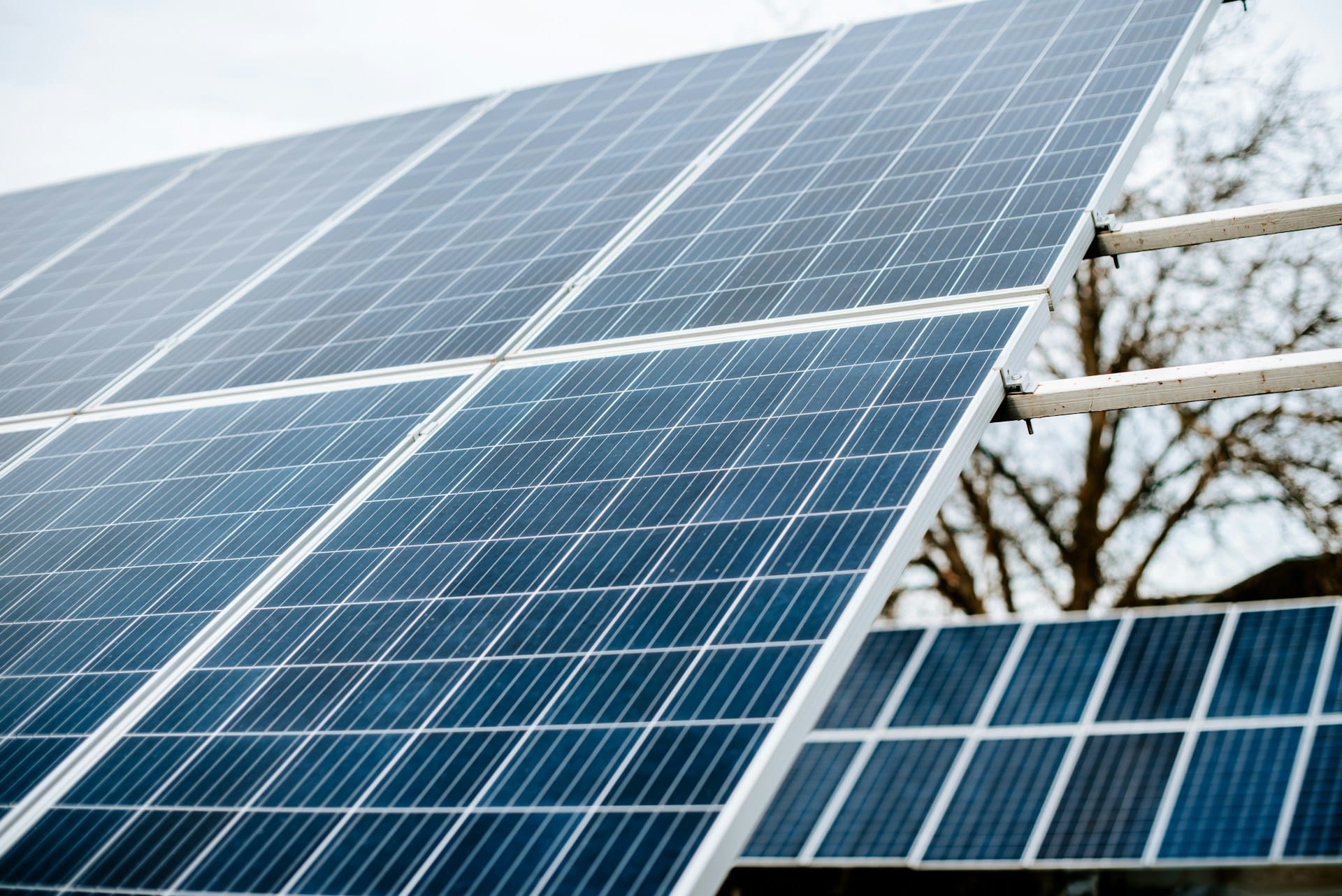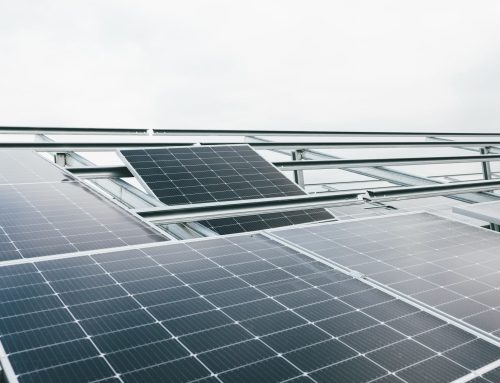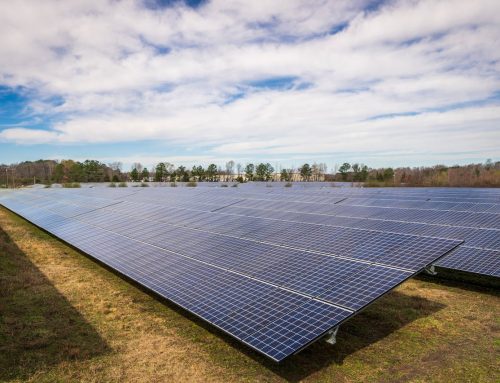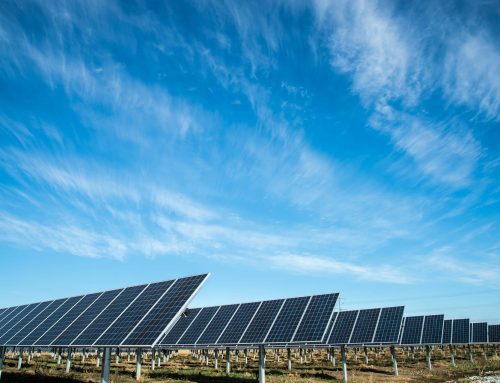Not every rooftop is built the same, and when it comes to getting solar panels installed, the shape and angle of your roof can make a big difference. In Adelaide, many homes combine traditional character styling with modern renovations or extensions, which introduces rooflines that aren’t always easy to work with. Add to that the local variations in weather, from clear, sunny stretches to the occasional hailstorm, and you start to see how standard solar setups won’t always cut it.
That’s where planning and proper product choice come in. If you’ve got a complex roofline, that doesn’t mean you have to miss out on the benefits of solar. It just means the setup needs a bit more thought. With the right layout and hardware, solar can still deliver lower power bills and long-term reliability, even on tricky roofs.
Understanding Roof Types And Challenges
Adelaide homes can vary a lot in structure, from classic pitched Federation-style rooftops to low-slope contemporary designs. Each roof type has its quirks, and these quirks can affect how solar panels are installed and how well they perform. Here’s a quick look at the most common types you might come across and what those mean for solar planning.
– Pitched roofs: These are the most straightforward for solar installation. Panels can be securely mounted to face the sun, and drainage isn’t an issue. However, overly steep pitches can limit how many panels you can place and may require additional hardware.
– Flat roofs: Popular with modern home designs, flat roofs can be more flexible in layout since you can angle the panels as needed using tilt frames. The drawback is that these installations typically require extra care with water drainage and stronger supports to handle any added weight or wind issues.
– Skillion or sloped single-surface roofs: These designs are becoming more common in renovated and energy-efficient homes. They’re great if they face north, but if they tilt in another direction, you may lose some of the sun exposure and need to rethink the panel direction or positioning.
– Multi-level or split roofs: This is where it gets tricky. Roofs with design features like dormers, gables, or multiple levels create shading challenges, overlap issues, and limit the size of the system you can install.
Even down to the material of the roof, whether it’s metal, tile, or something more niche, certain surfaces may need extra care during installation. If the roofing material is brittle or irregular, it might take more time and specific tools to get the panels secured properly without damage.
For example, someone in Glen Osmond with a split-level home and Mediterranean-style roof tiles recently had concerns about shading caused by the different roof segments. With careful measuring and use of high-efficiency panels, their property still managed to achieve consistent generation by breaking the array into smaller sections connected through an optimiser.
Installation on a complex roof isn’t impossible. It just requires the right combination of experience, product choice, and layout strategy. And that really starts with understanding your roof’s structure before getting too far into panel selection.
Innovative Mounting Solutions For Complex Roof Designs
When dealing with diverse roof types, the right mounting solution is key to a successful solar panel installation. This is especially true for complex roofs, where standard mounts might not fit the bill. Instead, you might explore more adaptable systems designed to suit various roof angles and pitches.
For instance, adjustable mounts can be a smart option for roofs with non-ideal orientations or varying pitches. They allow for flexibility in positioning, ensuring the panels capture maximum sunlight and deliver the greatest efficiency possible. Another solid choice is rail systems, which offer strong support and can be tailored to fit unique roof contours, providing stability and durability across different weather conditions.
Besides functionality, aesthetics shouldn’t be overlooked. High-quality mounts that blend well with the roof’s style can maintain the home’s visual appeal while supporting effective energy generation. These solutions ensure that even with the complexities of certain roof designs, your solar panels won’t just stick out unnecessarily but instead fit in with the home’s overall look.
Case Studies: Successful Installations On Complex Roofs
Consider a home in the Adelaide Hills with a charming yet tricky gabled roofline. A traditional solar setup might have steered clear of it, given the angles and potential shade issues. But with the right planning, solar panels still made sense. By using split rail mounts, installers were able to position the panels precisely, making the most of the available space and reducing shade-related losses.
Another example involves a renovated townhouse in Norwood with a flat roof. The challenge here wasn’t space but drainage and exposure. High-efficiency panels installed on tilt frames helped direct the water and improved sun exposure, resulting in strong performance throughout the year and reliable savings on energy bills.
These case studies show that with the right gear and know-how, even the most complex roof types can support solar installations that perform well and look great.
The Benefits Of Professional Assessment And Installation
Getting a professional in to assess your roof is a step many overlook, but it can make all the difference. A qualified solar professional understands the quirks of different roofing materials, pitch levels, and access issues. They know how to select the right panel and mount types and position everything to get the best sun exposure without causing damage or compromising safety.
With professional installation, you’re also investing in long-term reliability. Most include warranties that cover both hardware and workmanship for years to come. That means peace of mind and protection well after the panels are installed.
You’ll also have access to after-sales support, should anything change or need upgrading. That way, your system stays efficient as your needs or the environment evolve. A good solar installer works with your roof, treats your property with care, and builds something designed to last.
What To Keep In Mind Before You Get Started
Opting for solar when you have a unique or complex roof is absolutely worth it, but it does need the right strategy. Start by understanding the limitations and strengths of your existing roof. Then, choose a provider that can assess those details and translate them into a long-term energy solution.
Every roof has its potential. The key is working with the right people to unlock it. With experience, smart planning, and reliable mounting solutions, solar panels can deliver great returns even on homes with less-than-ideal layouts.
Whether your roof is steep, flat, multi-level, or something in between, Energy Buster can help bring your solar plans to life. Our job is to look past the challenges, focus on what works, and help you reduce your energy bills while improving your property’s energy resilience.
Ready to optimise your solar setup for a challenging roof design? Energy Buster offers smart, reliable solutions to help you maximise performance and savings. Learn more about our roofing solar panel options and see how we tailor systems specifically for Adelaide homes with unique architectural styles.






